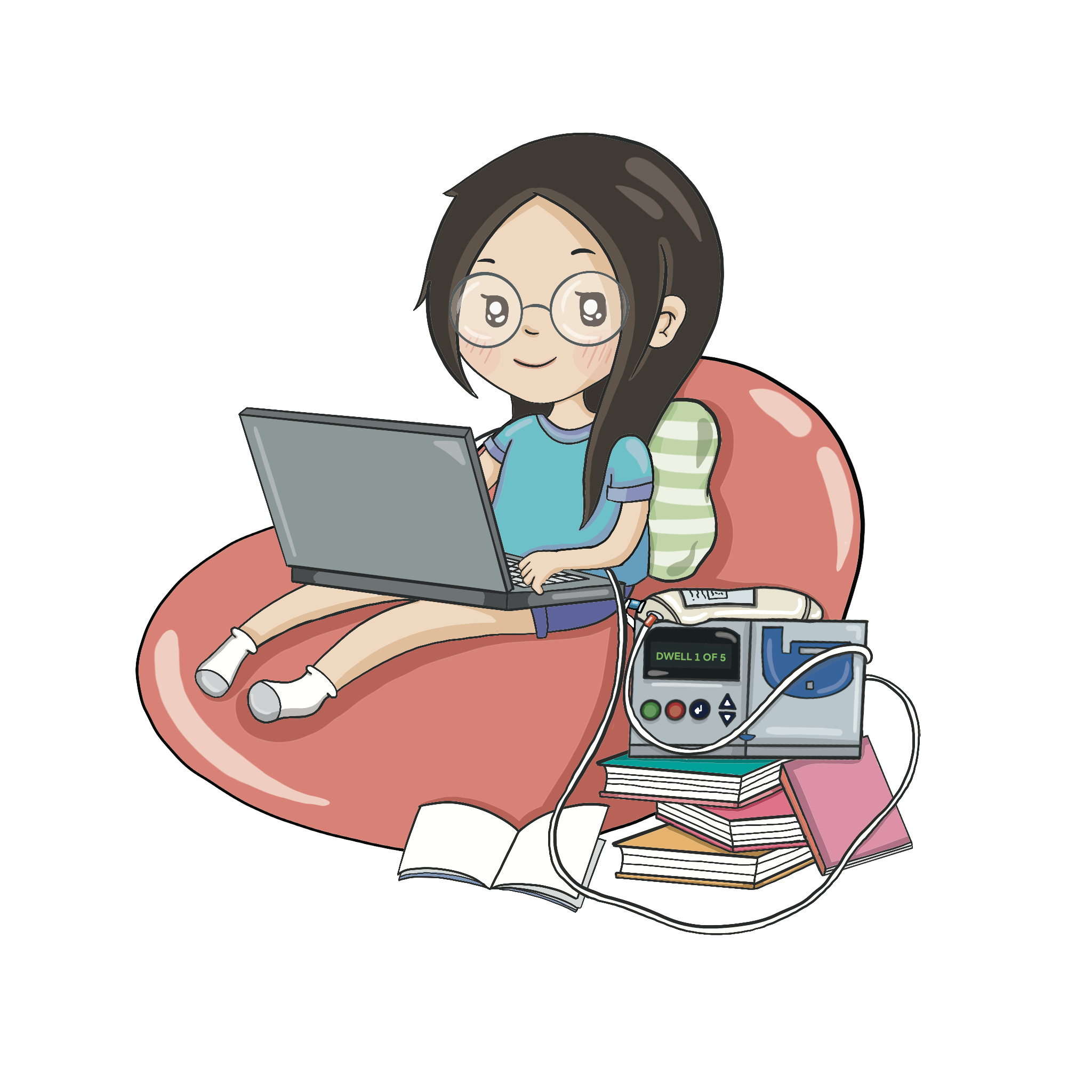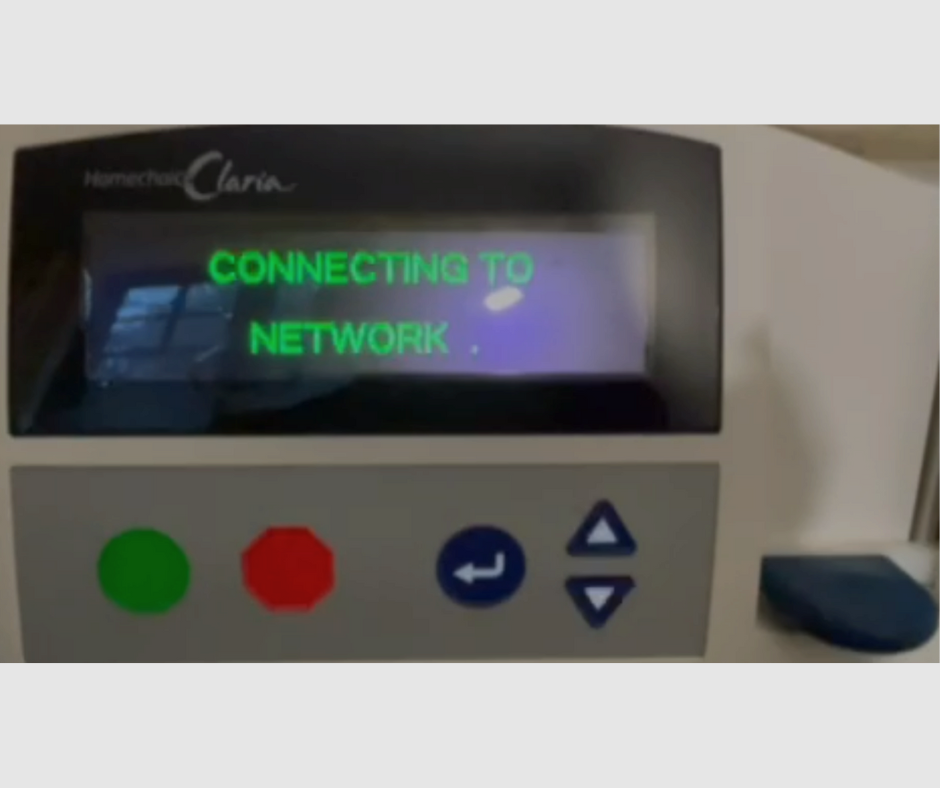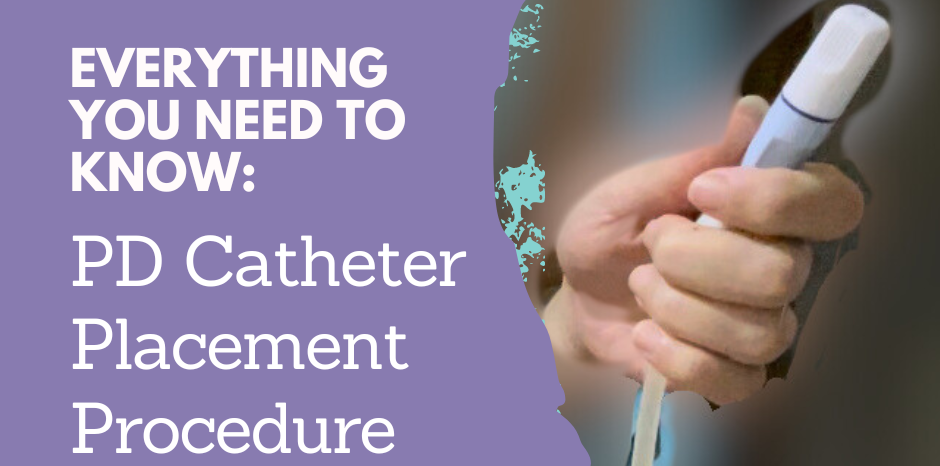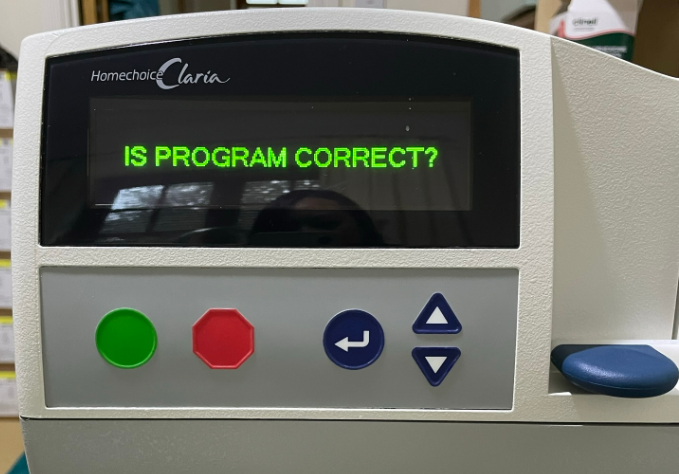What is Ultrafiltration (UF) in Peritoneal Dialysis?
Ultrafiltration (UF) in Peritoneal Dialysis
One of the more widely known functions that the kidney performs is the production of urine and the removal of fluid from a person's body.
Ultrafiltration is the term given for that same process but as performed by the dialysis therapy.
In practical terms, it is the amount of fluid that ends up in your drain bag, which is all the fluid + substances that has been able to pass through your peritoneal membrane after a drain cycle.
Where can I see my Ultrafiltration figures (UF) on my APD machine?
I can only attest to the Baxter Homechoice Claria machine that I use every night, that after I have finished my 9 hour therapy I am presented with 4 sets of figures from the night, which includes UF figure in mls.
As a PD patient, I pay close attention to my ultrafiltration figures as it is one of the performance indicators for dialysis.
What is Negative Ultrafiltration? Should I be worried?
Negative UF is when the patient retains an excessive amount of fluid after a drain cycle. Simply, the fluid that is being pumped into the body from the bags you hook up to your machine is not draining out of your body and into your drain bag.
Now if the fluid is being drained out, where is it? It is still on your person! Your body basically absorbs the fluid and it can travel around the body and sit somewhere, where you least expect it!
Swelling / Puffy Face
Over time, you may or (may not) notice some swelling on your body. Typically if you are performing dialysis lying down such as when you're sleeping, you may find the fluid redistributes evenly around the body or towards the shoulder and face.
But, after waking up, due to gravity the fluid will move with gravity and may settle on your ankles. Hence the nephrologists obsession with ankle poking!
Should I be worried?
I am not a medical professional, so I would strongly urge to always speak to your medical team if you are seeing Negative UF figures in the morning and on how best to monitor and alleviate it. Monitoring over negative UF figures is to ensure that you do not become overloaded with fluid overloaded and at the extreme have pleural effusion, which is where the excess fluid sits in the lungs!
However, in my 3 years of experience on PD, the one off negative UF here or there can easily be corrected in the following night's dialysis therapy or switching to a stronger dextrose concentration eg. moving from a yellow bag to a green bag.
The real worry, I'm told is if you become fluid overloaded, which is where there is so much water being retained that you start to experience alarming symptoms of significantly noticeable swelling, weight gain (from the excess fluid) and shortness of breath. The latter being the main concern!
Ultimately, the approach towards negative UF is Prevention is better than... curing Pleural Effusion!
You can check out my series on Fighting Fluid Retention on PD, where I did get into a bit of trouble with ignoring the signs of negative UF!
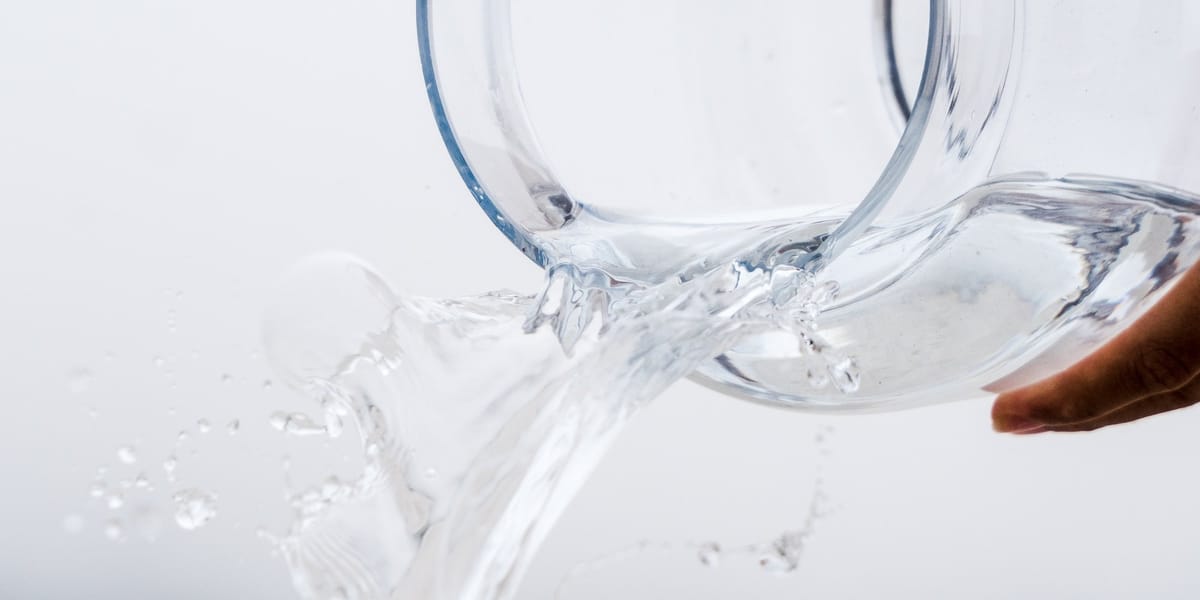
What is Positive Ultrafiltration? Is it a good thing?
Positive ultrafiltration means that fluid that is going in is coming out along with some extra fluid that was already sitting within the body. So that could be any fluids that you drank during the day.
Particularly, if you do not urinate anymore, positive UF is what you want. You ultimately relying 100% on the machine to take off all the water you consume in the day. It is basically your urination. This is why we have fluid restrictions because no machine is perfect.
Why do I feel worse in the morning when it's positive!
Personally, I find if my UF is particularly high I tend to feel absolutely dreadful in the morning. Some days I can't even get up after my alarm goes off! This is thankfully only temporary, and wears off after a few sips of water. What has happened is too much water has been taken off in the night and by morning you have become dehydrated.
I have been told this is particularly a problem smaller patients need to be wary of. I tend to battle this with a glass of water before going on to dialysis and always having water nearby my machine.
Conclusion
Ultrafiltration is simply the dialysis name for urination and the monitoring of your UF output is very important in measuring the ongoing effectiveness of your dialysis on a day to day basis. Albeit it is always better to be in the positive, smaller individuals should be cautious of becoming dehydrated. Persistent negative UF figures should be dealt with proactively and in consultation with your medical team to prevent the accumulation of fluid on the body that at the extreme case may cause pleural effusion (difficulty breathing) or excessive swelling around the body.
You can check out my series on Fighting Fluid Retention on PD, where I did get into a bit of trouble with ignoring the signs of negative UF!

Or see my other guides I've made based on my own observations as a Young Adult on Home Peritoneal Dialysis.


A Little About Me:
My name is Lai and I am 26 years old living on Home Peritoneal Dialysis in the UK. I started home peritoneal dialysis in the height of the pandemic in the winter of 2020 and have been on daily 9 hour overnight dialysis ever since, whilst waiting on the national transplant list. I live with my two parents at home but I am the one with the sole responsibility of setting up and dismantling my machine and the general monitoring of my day to day health.
Follow me on:
IG: @My_Kidney_and_Lai
YT: My Kidney and Lai
